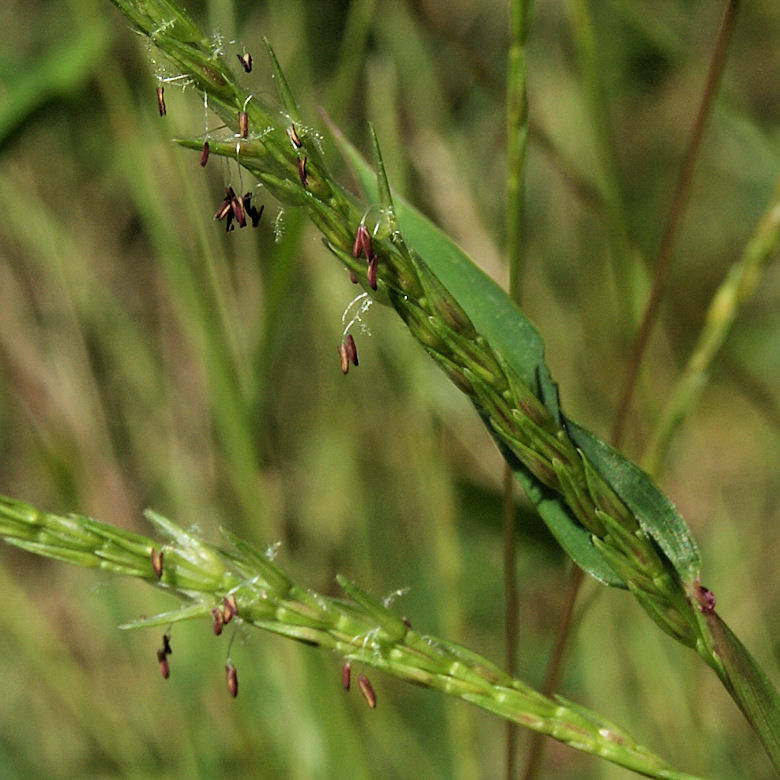Photo above: Close-up of inflorescence – 18 September 2010.
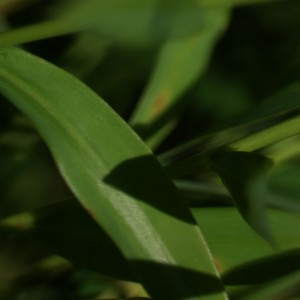
Close up of leaf
Notice the whitish stripe along the middle
– 8 September 2010
Japanese stilt grass (Microstegium vimineum (Trin.) A. Camus) is a common invasive plant from Asia that has spread to 26 states. Infestations of it can alter native plant communities, change and suppress native insects, and slow plant succession. The good news is that the removal of it can lead to a recovery of native plants.
It is found throughout the refuge, especially along roads and trails, and in adjacent woods. The whitish stripe along the middle of the leaf is an easy way to distinguish this grass from other species such as the rosette grasses (Dichanthelium ssp.), white grass (Leersia virginica,) and small carp grass (Arthraxon hispidus).
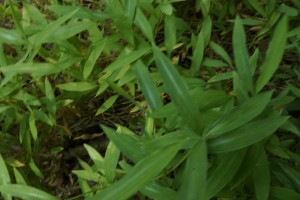
In habit
– 25 September 2015
Japanese stilt grass is an annual that blooms in late summer and goes to seed soon after. So mowing or weed-whacking infestation before it blooms can be an effective strategy to reduce its seed bank. The seed bank can remain viable for up to five years, so persistence is necessary to get a handle on controlling it. Both pre-emergent and post-emergent herbicides can be effective if applied appropriately.
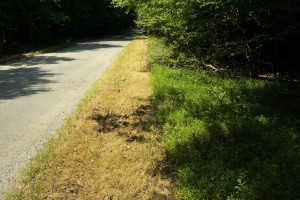
Contrast between mowed and unmowed areas
along Wildlife Loop
– 25 July 2015
This is an example of how effective mowing an infestation next to a road can be. In this case, a strip about 6 feet wide was mowed in early July and the mowed portion has already started to die back. If the infestation would have been done closer to flowering time, mowing it then could be even more effective.
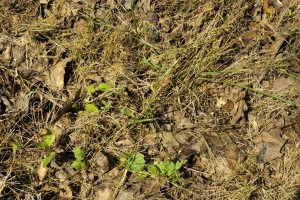
After mowing
– 25 July 2015
This is an close-up of die-back after mowing.
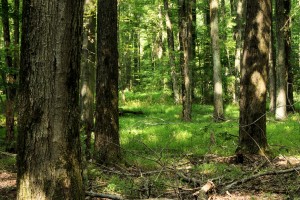
Infestation in the woods
– 6 August 2010
It spreads from roads to the woods. It is shade tolerant and this makes it an opportunist, meaning that it will take over in places where plants are not growing. The white-tailed deer is an effective vector for spreading the seeds. Consideration to limiting human activity in infested areas should be considered during flowering and seeding time.
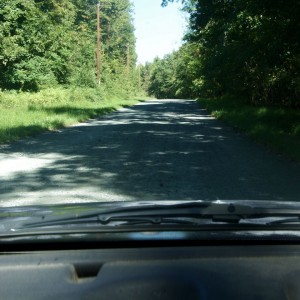
Along Bald Eagle Drive
– 18 September 2010
One of the easiest places to see Japanese stilt grass is along Bald Eagle Drive where it is present on both sides of the road.
REFERENCES:
Bauer, J.T. and Flory, S.L. 2011. Suppression of the woodland herb Senna hebecarpa by the invasive grass Microstegium vimineum. American Midland Naturalist. 165:105-115.
Flory, S.L. and K. Clay. 2009. Invasive plant removal method determines native plant community responses. Journal of Applied Ecology. 4:434-442.
Flory, S.L. 2010. Management of Microstegium vimineum invasions and recovery of resident plant communities. Restoration Ecology. 18:103-112
Flory, S.L. and K. Clay. 2010. Non-native grass invasion alters native plant composition in experimental communities. Biological Invasions 12:1285-1294
Knight TM, Dunn JL, Smith LA, Davis J, Kalisz S (2009) Deer facilitate invasive plant success in a Pennsylvania forest understory. Nat Areas J 29:110–116
National Park Service. Japanese Stilt Grass. http://www.nps.gov/plants/alien/pubs/midatlantic/mivi.htm (accessed 27 July 2015.)
Nature Conservancy. The invasive Japanese stiltgrass can be protected against, with care. http://www.nature.org/ourinitiatives/regions/northamerica/unitedstates/indiana/journeywithnature/japanese-stiltgrass.xml (accessed 27 July 2015)
Simao, M.C., S.L. Flory, and J.A. Rudgers. 2010. Experimental plant invasion reduces arthropod abundance and richness across multiple trophic levels. Oikos 119:1553-1562.
USDA, NRCS. 2012. The PLANTS Database (http://plants.usda.gov, 19 August 2012). National Plant Data Team, Greensboro, NC 27401-4901 USA. (accessed 27 July 2015)
